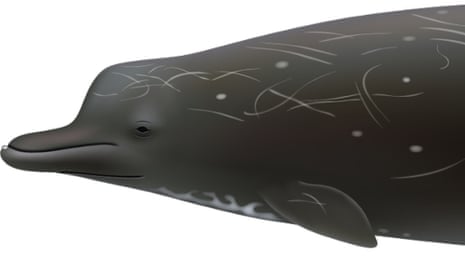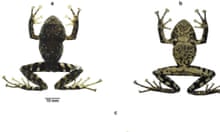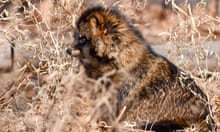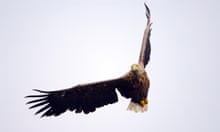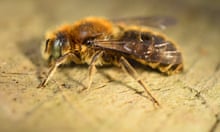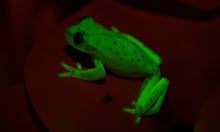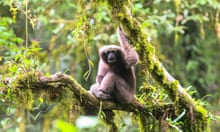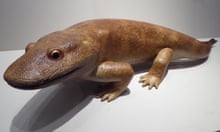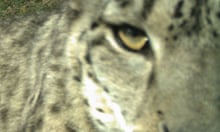Scientists have confirmed that a mysterious, unnamed species of beaked whale roams the northern Pacific Ocean. Sightings of the creature, which has a bulbous head and a beak like a porpoise, had been reported by Japanese fishermen, who call them karasu or ravens, but it was previously unknown to science. It has yet to be given a formal scientific name.
“Clearly this species is very rare and reminds us how much we have to learn about the ocean and even some of its largest inhabitants,” said Phillip Morin, a research molecular biologist at the US National Oceanographic and Atmospheric Administration (NOAA). His team revealed the existence of the new species in a paper published in the journal Marine Mammal Science last week.
Japanese researchers sampled three black-beaked whales that had been washed up on the north coast of Hokkaido in 2013 and suggested they could be a new species. Morin and his team at NOAA’s Southwest Fisheries Research Center in San Diego decided to investigate and seek specimens from a wider area for testing, and to try to match genetic samples to prove the Japanese claim.
“My first idea was to go to our collection, where we have the largest collection of cetacean samples in the world,” he said last week. In the end, the group analysed 178 beaked whale specimens from around the Pacific Rim and found five that matched the whales found by the Japanese team. Crucially, the finds came from sites that ranged across the Pacific.
One skull was found in the Smithsonian Institution after being recovered from the Aleutian Islands in 1948. Another specimen discovered in Alaska was spotted in the collection of the Natural History Museum of Los Angeles County, and a further sample was obtained from tissue taken from a whale stranded on Unalaska Island in the Aleutians in 2004. Local teachers and students had photographed and measured the animal before putting its skeleton on display at Unalaska high school.
Morin said scientists had more questions than answers about the new species, which is about two-thirds of the size of a Baird’s beaked whale, the cetacean species that the newly identified creature most closely resembles. The largest beaked whales can reach 40 feet (12 metres) and spend up to 90 minutes at a time hunting squid in deep water.
They are hard to research because they may spend only a few minutes at the surface. They rarely breach, travel in small numbers and blend into their surroundings. “They’re hard to see, especially if the water is anything but perfectly calm,” Morin said, adding that acoustic research could help find them so they can be studied.
Japanese researchers are in the formal process of describing the species. This will include giving the whale a Latin and common name and formally defining its measurements and how it differs from other beaked whales.
